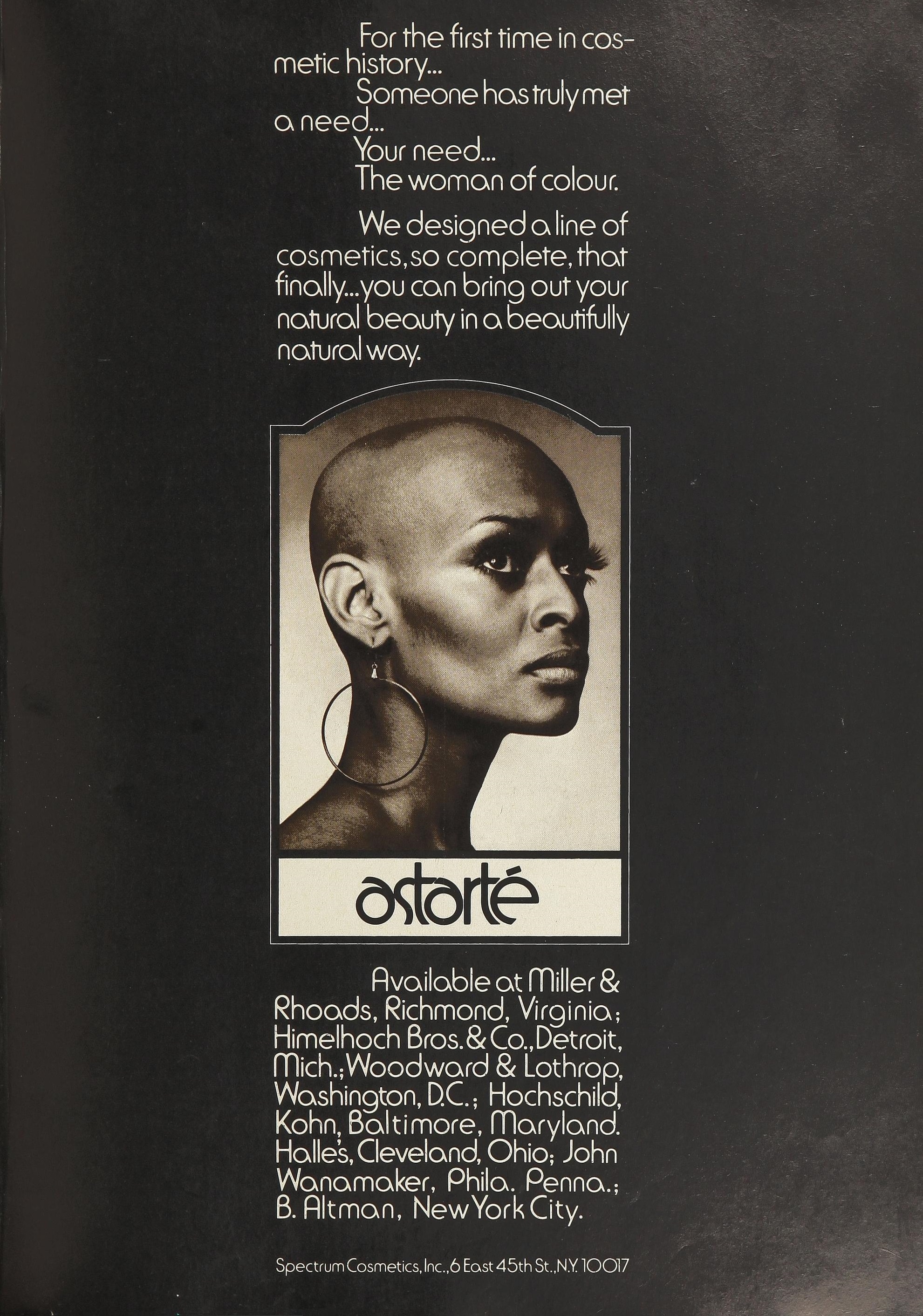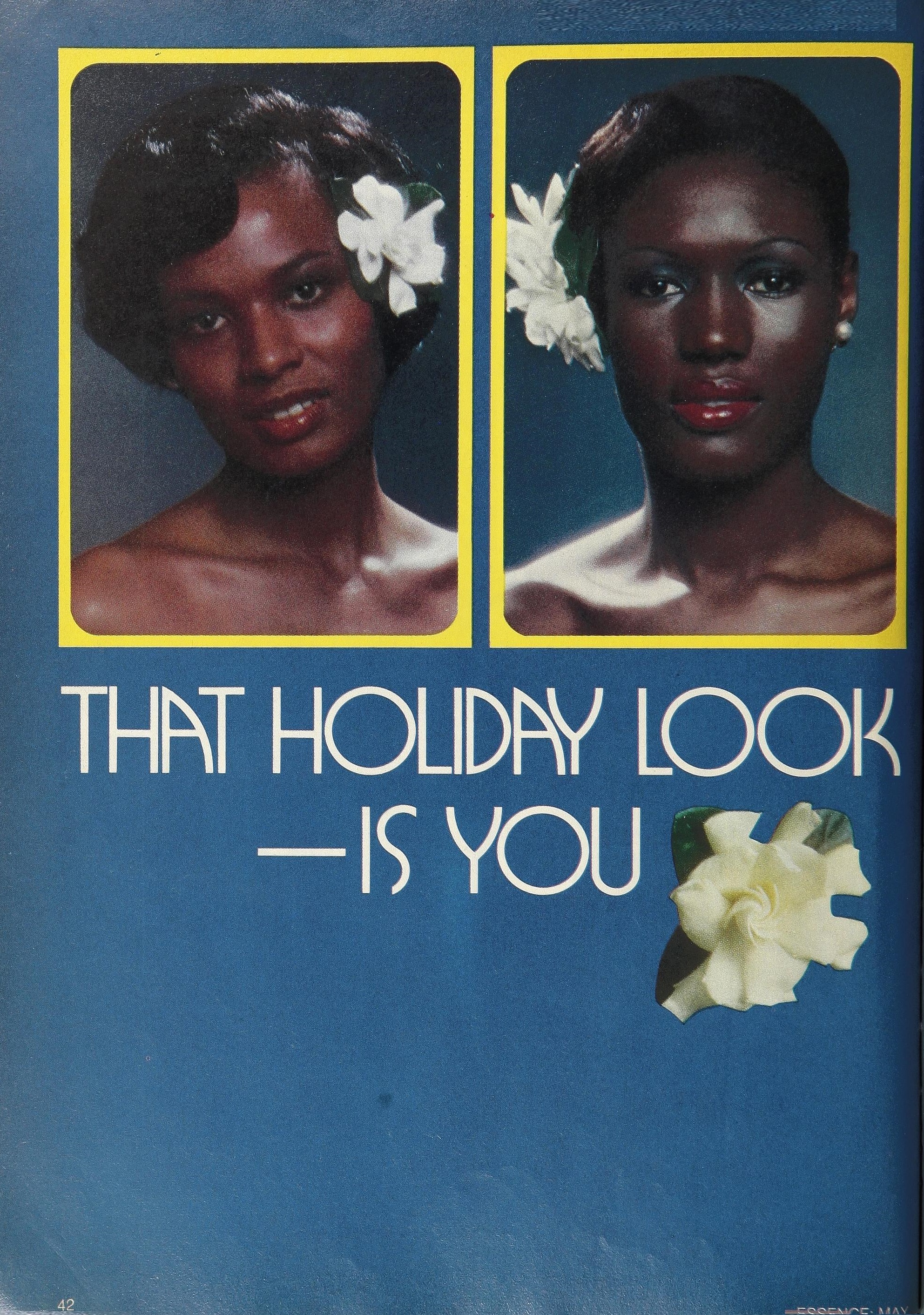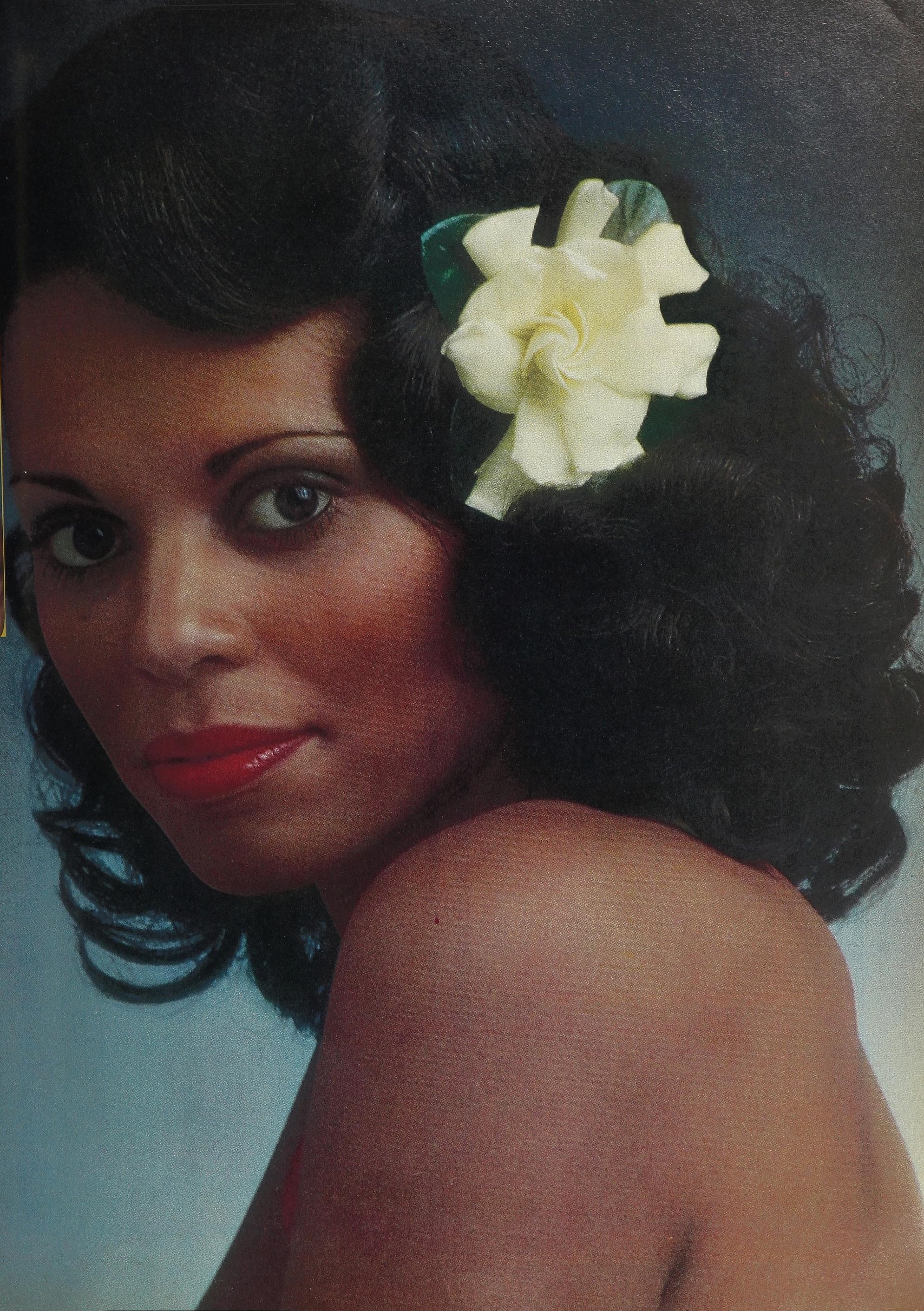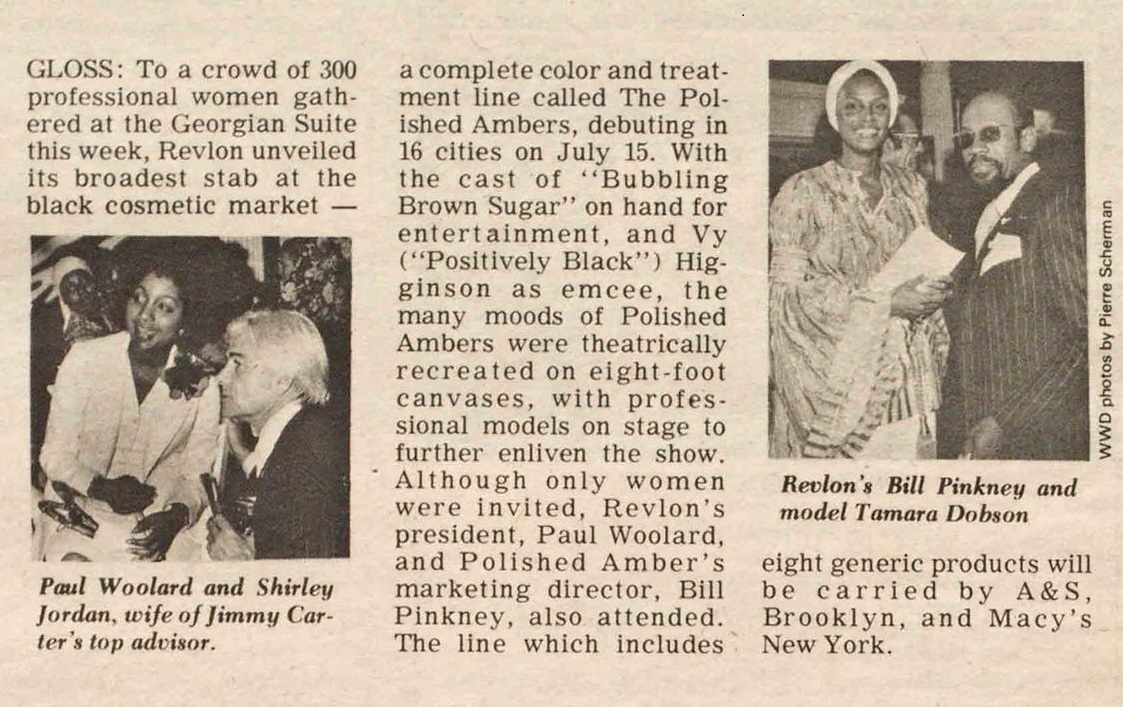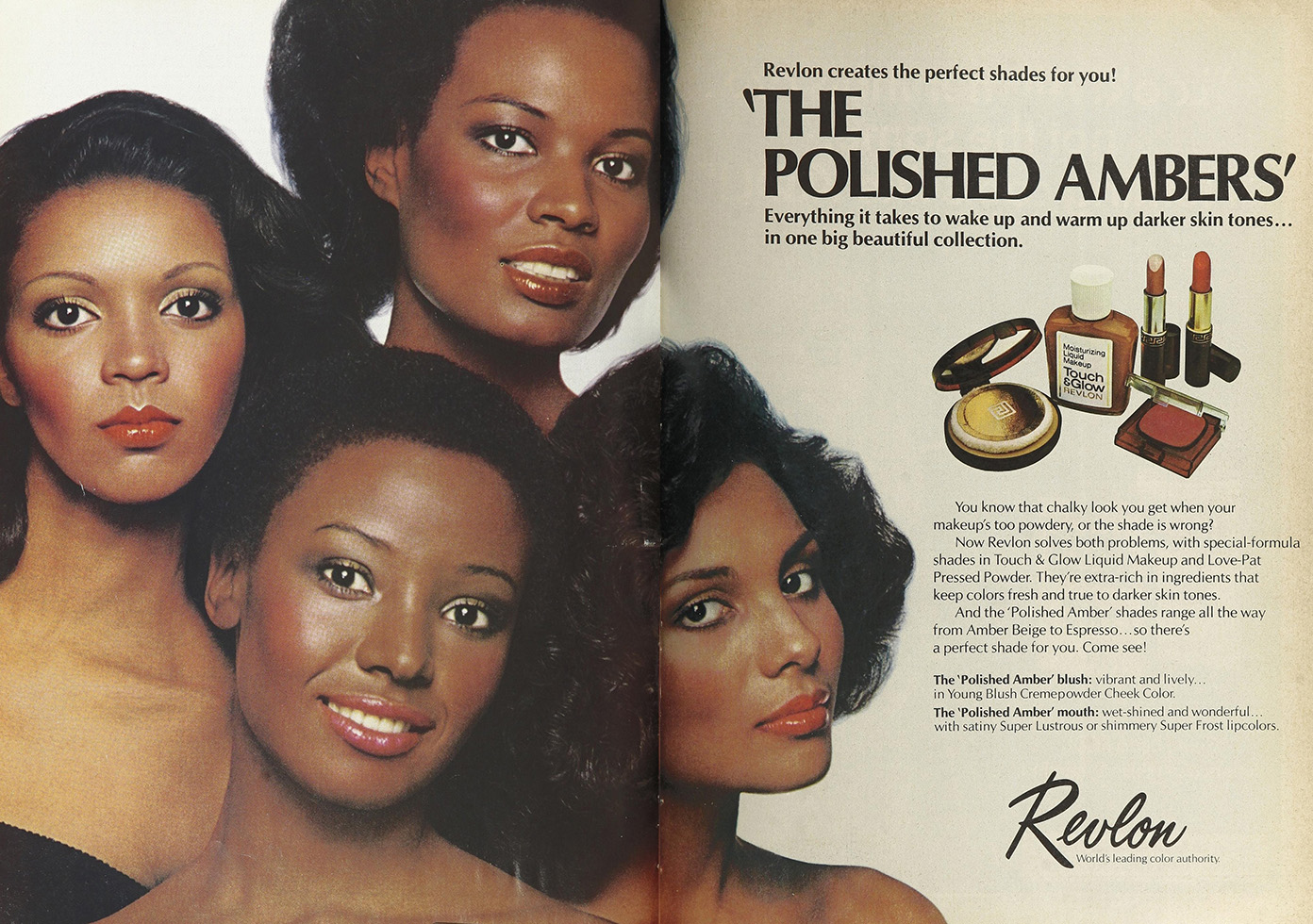
(image from soundingsonline.com)
I was doing some digging on Ultra Sheen cosmetics after purchasing a great vintage display for it and stumbled across the name Bill Pinkney, who had a brief stint as a marketing executive for the company. As it turns out, Captain William Pinkney is the first Black man to circumnavigate the globe solo via the five Great Capes. While this is an astonishing feat that very people have accomplished, obviously I'm more interested in how he shaped Black makeup history – specifically, his significant contributions during the late '60s and '70s, one of the eras that witnessed an explosive growth of brands for Black customers. (Another era would be the early-mid '90s, a history I'm still working on.)
Pinkney was born on September 15, 1935 in Chicago. He joined the Navy after high school and discovered sailing while visiting Puerto Rico after being discharged in 1959. He held a variety of jobs during this time, including elevator mechanic, limbo dancer (!) and X-ray technician. As much as he understood the importance of a steady job, boredom crept in.
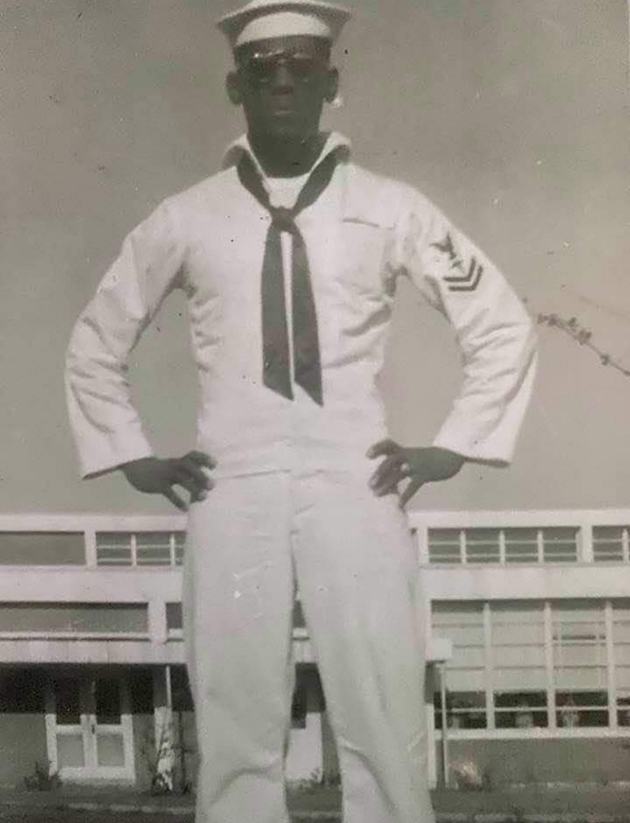 (image from yachtingmonthly.com)
(image from yachtingmonthly.com)
Around 1963, he began pondering what he could do as a creative outlet that would also pay the bills. Pinkney's friends suggested makeup artistry. In his own words: "Since 1963 I had been working as an X-ray technician at Queens General Hospital. Although it paid well, it was hardly creative, and the creative impulses of my youth were resurfacing: I also longed to sail. As much as I wanted to be an artist, I was following my family's advice to have a good, steady job. Keeping that in mind, I began to look at my possibilities. I still had time left on my G.J. Bill and I wanted to find a job that would be creative yet practical. In the Village one night, I expressed my dilemma to some of my old friends in fashion photography. They unanimously agreed that I should become a makeup artist! I laughed at first – me, a make-up artist? Bur they insisted that it was creative and quite lucrative. If I did well at it, I could also make connections with celebrities. So I decided to take a stab at the beauty industry."
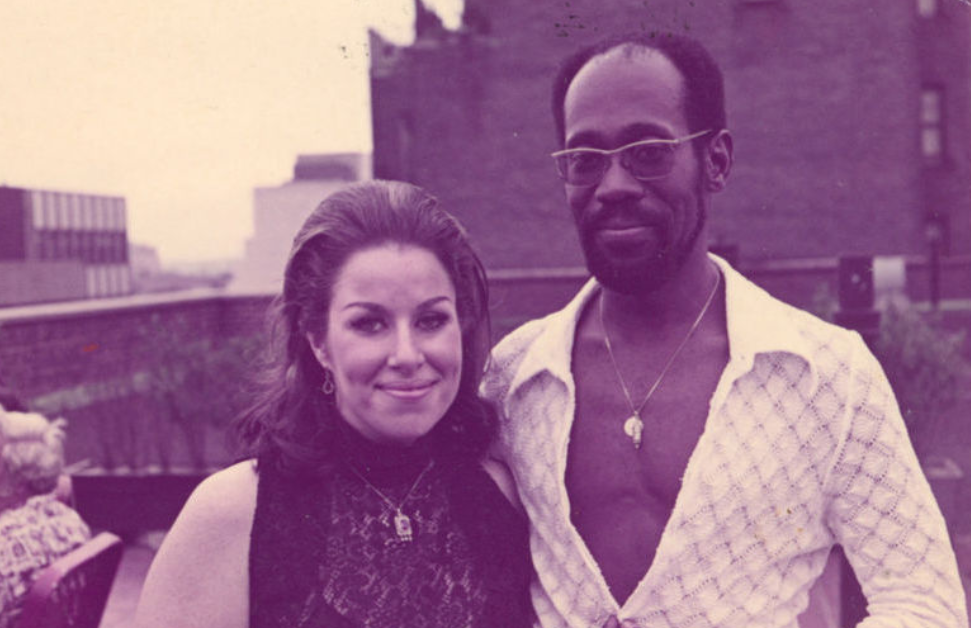 (image from nytimes.com)
(image from nytimes.com)
Pinkney attended Queens Beauty Institute during the day and continued working as an X-ray technician at night. After passing the New York state exam to become a licensed cosmetologist, he began practicing makeup on any willing participants (mostly friends and family.) Looking to break into film and TV makeup, he found a job for a non-union picture. While it didn't pay much, he was promised both extensive experience and a credit as makeup artist. Pinkney was a bit taken aback when he got to the set and discovered the, ahem, particular type of movie he would be doing the makeup for. "[The job] was in film, all right – soft core skin flicks. The films were shot in black and white, and the make-up wasn't critical, but I got a chance to experiment. I mostly covered blemishes and scars and attached false mustaches and sideburns, which were in vogue at the time. The first film showed in Times Square, and while it was hardly pornographic by today's standards, a group of my friends furtively crept in, wearing turned up collars, hats pulled down over their eyes, and sunglasses. They roundly applauded the credits when my name came up."

(images from imdb.com)
The first TV commercial Pinkney worked on was for the American Tuberculosis Association. Upon realizing he had no suitable makeup on hand to match one of the actresses, he chose to let her go with the makeup she was wearing. "A Black woman came in and I didn't know how to make her up. There were no products with which to make her up. Luckily, she had makeup on already, so I didn't touch it. I just said, 'Beautful makeup, luv.' I was lying, but what could I do? Right then, I realized the need for a color-oriented cosmetics line." The fact that even a Black makeup artist struggled to make up a Black actress demonstrated that the cosmetics geared towards Black customers that existed in the mid 1960s (Posner, Overton's, etc.) were still not meeting their needs, nor was much advice offered in beauty guides. He noted that Max Factor's darkest shade at the time was "meant to make whites look like Blacks," a statement that is backed up by the origin story for Max Factor's Egyptian shade. Pinkney made it his mission to learn about makeup for those with deep complexions, which, as we'll see, proved to be the thing that allowed him to realize his sailing dreams. "If I learned anything that day, it was that I knew very little about makeup. Undaunted, I made it a point to study make-up for Black women, a decision that would eventually serve to get me into the business on a big scale." He joined the National Association of Broadcast Employees and Television union and had more than 150 films and commercials under his belt by 1969. At this time he began working for Astarté, a brand by the very short-lived Spectrum Cosmetics. While he initially got into makeup as a creative outlet, by 1970 Pinkney's outlook shifted towards makeup being more "psychological" than artistic: "Makeup is fascinating because you're working with psychology rather than art…if anyone tries to define beauty, he's opening a can of worms. It's an indescribable thing. It's really a feeling within the individual…ideally, I want to make a woman see how she really is inside – I want to relate to her, to feel what's behind the surface. I'd say I do that kind of makeup job one out of every 50 times. But I shoot for it every time."
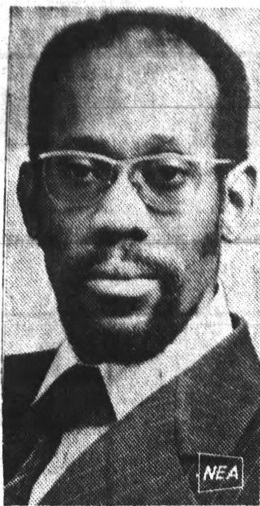 There will be a full history of Astarté and its place among the proliferation of Black-focused makeup brands of the time shortly, but for now, some basics: Astarté was a higher-end line catering to the "ethnic" customer and sold in department stores. While the emphasis was on providing quality makeup for women of color, there was a range of foundation shades available – 22, to be exact – that were meant to match every skintone. Twenty-two shades seems like a paltry amount these days, but back then this was a big assortment. Not only that, Astarté organized its foundations from darkest (Nuit) to lightest (Aurore), which, to this day, is still the opposite of how most brands arrange their shades. The brand was also intended to "highlight [the] natural beauty" of Black women in keeping with the "Black is Beautiful" spirit of the late 1960s and early '70s. As noted previously, the vast majority of cosmetics, including non-complexion products like lipstick and eyeshadow, were formulated for white customers and tended to look either completely unnatural or at the very least, unflattering on non-white women. According to Pat Evans, the model who starred in the campaign, most makeup "turned Black women's mouths into neon signs, turned their skin ashen, made their eyes recede."
There will be a full history of Astarté and its place among the proliferation of Black-focused makeup brands of the time shortly, but for now, some basics: Astarté was a higher-end line catering to the "ethnic" customer and sold in department stores. While the emphasis was on providing quality makeup for women of color, there was a range of foundation shades available – 22, to be exact – that were meant to match every skintone. Twenty-two shades seems like a paltry amount these days, but back then this was a big assortment. Not only that, Astarté organized its foundations from darkest (Nuit) to lightest (Aurore), which, to this day, is still the opposite of how most brands arrange their shades. The brand was also intended to "highlight [the] natural beauty" of Black women in keeping with the "Black is Beautiful" spirit of the late 1960s and early '70s. As noted previously, the vast majority of cosmetics, including non-complexion products like lipstick and eyeshadow, were formulated for white customers and tended to look either completely unnatural or at the very least, unflattering on non-white women. According to Pat Evans, the model who starred in the campaign, most makeup "turned Black women's mouths into neon signs, turned their skin ashen, made their eyes recede."
Pinkney served as Astarté's National Director of Makeup, crisscrossing the U.S. to train salespeople and provide consultations and makeovers at counters. It's a bit of a chicken and egg scenario in terms of Astarte's focus and Pinkney's approach towards makeup – was Astarté influenced by Pinkney's natural aesthetic or vice versa? A 1970 article featuring a makeover of a Detroit resident presented Pinkney as a champion of understated cosmetics. "'A good makeup means nothing about it is obvious. It's a group of subtleties which combine to make you,' he stressed. For this reason he's against shadowing the face to change features such as making the nose seem longer or the lips seem narrower. 'It just won't work except for a model who's being photographed in controlled lighting. Women are seen in many different lighting situations and shadowing just makes them look phony,' he went on." The article continues with more of Pinkney's tips for no-makeup makeup, including using a powder brush rather than a puff for a seamless finish.

(image from nytimes.com)
It's not clear when Pinkney's relationship with Astarté ended, but Spectrum filed for bankruptcy in 1971. Pinkney continued working as a makeup artist, doing magazine editorials such as this spread in Essence. By this time he was also sailing as much as he could.
Incidentally, the products used here were from Ultra-Sheen.
In 1973, "Revlon made me an offer I couldn't refuse," Pinkney said. The company hired him to oversee the marketing for the new line they were planning for Black customers called Polished Ambers. It doesn't seem as though Pinkney was involved in creating the extensive advertising campaign, but he was responsible for ensuring Polished Ambers was well-represented in the media and stores across the U.S. Most importantly, he was Revlon's first Black marketing executive. Polished Ambers hit shelves in early 1975.
Pinkney used his knowledge and experience with Astarté to promote the Polished Ambers line. Echoing the comments of Pat Evans from some 5 years prior, he noted that Revlon carefully formulated the Polished Ambers lipsticks and eyeshadows to avoid the usual pitfalls of products made for deep skintones. According to one article, "Pinkney claims frosted lipsticks need a special formulation for Blacks because the ones on the market give a 'mirrored, chalky effect.' Eyeshadows were given gold undertones for life and vitality, and colors were given depth to to complement dark eyelids." As we'll see in the upcoming history of the brand, Astarté's lipsticks and eye colors were formulated more or less identically.
In the fall of 1977 Pinkney was recruited by a headhunter to join Johnson Products to market their new Moisture Formula line within the Ultra Sheen brand. While this was a lucrative opportunity to work for a Black-founded and owned company, that wasn't the only reason for Pinkney's departure from Revlon: working for Johnson also meant that Bill would finally be able to own his own boat. He recalls, "I had met the head of the company [George Johnson] when I last lived in Chicago; his huge yacht was tied up next to Art's [Dickholtz, Pinkney's sailing mentor] slip at Belmont Harbor. One of the inducements to go back to Chicago was the lure of Lake Michigan and the chance to sail with Art again – and get my own boat. A perk in my contract with Johnson was that they would obtain a mooring if I bought a boat. The chances of procuring a mooring in Chicago harbors were less than winning the lottery." Pinkney subsequently purchased his first boat with the profits of the sale of his Revlon stock.
Pinkney was unceremoniously forced out of Johnson in 1980 after the Moisture Formula failed to produce the profits Johnson anticipated. As told by the Chicago Tribune in 1992: "'It didn't succeed' is one way of putting it,'' says George Johnson, then the company president. 'We were trying to sell an upscale line in drugstores, and it didn't work out.' Johnson rates Pinkney as 'a good guy,' yet not only didn't his line succeed but, Johnson says, he ran afoul of marketing vice president Lafayette Jones, who fired him. 'I got caught in a Friday-afternoon shootout,' Pinkney says."
Still, Pinkney maintains the firing was a blessing in disguise. Reflecting in 1999, he said, "Coming through Revlon, one of the best marketing companies in the country, I had the best training ground. But as I worked for Johnson, I got further away from what I liked, which was creating makeup…I could have stayed in the industry and worked. But I decided it was time to break free." He took a job with the city government in Chicago.
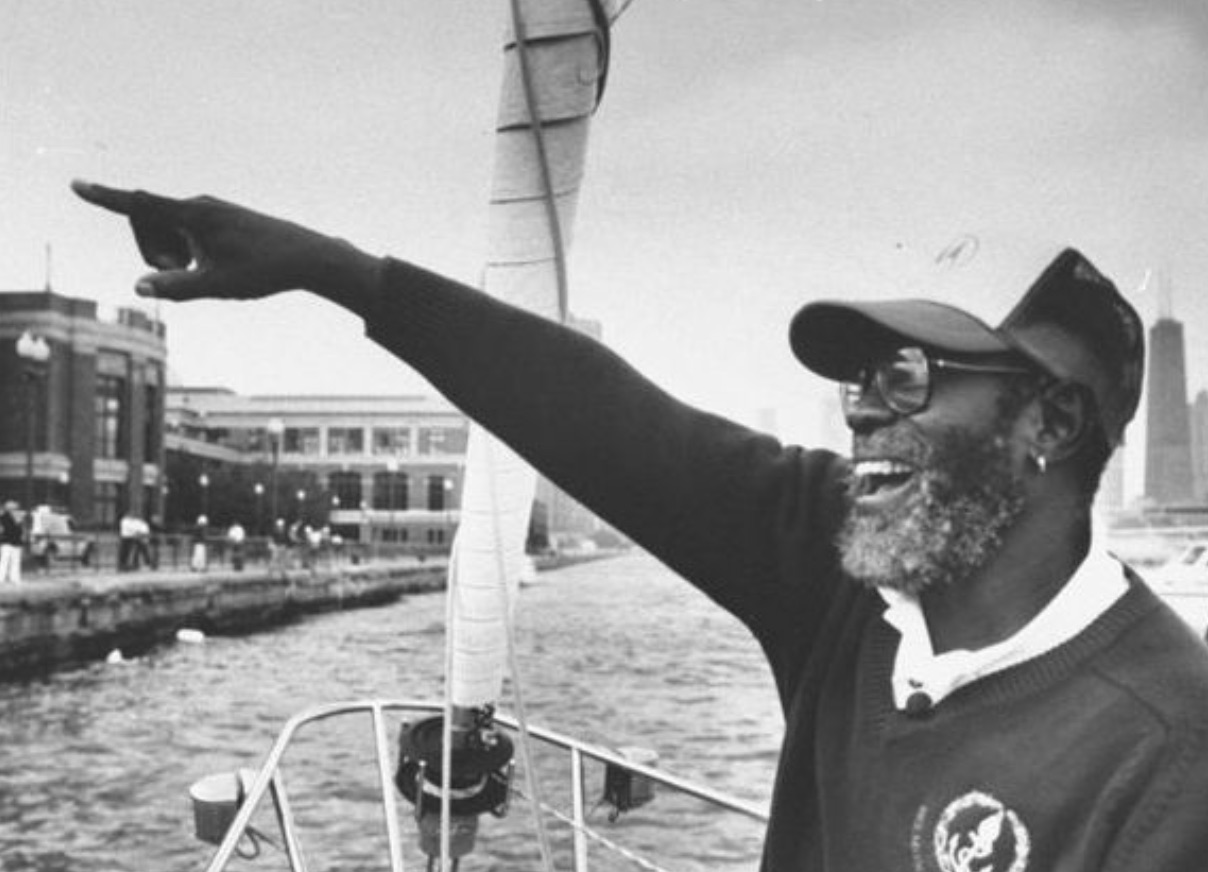
(image via imdb.com)
The rest, as they say, is history. After reflecting on the legacy he wanted to leave behind for his family, particularly his two grandchildren, at age 50 Pinkney "decided he would attempt to sail around the world alone to encourage them to think and do the impossible." Five years later, on August 5, 1990, Pinkney began his adventure from Boston Harbor, returning in June 1992. He continues sailing and has racked up numerous awards and honors, including a lifetime achievement award from the National Sailing Hall of Fame.
I'm so curious to know if Bill ever picked up a makeup brush again after leaving Johnson, or what he would think about makeup for Black customers these days. I also wonder whether, despite his varied interests and intense determination to succeed at anything he tried, his skills at both makeup artistry and beauty marketing specifically allowed him to pursue sailing full time. Could it be said that his dream was fulfilled via the makeup industry? I would reach out for an interview but at the same time feel like I should leave an 87 year-old man in peace!
What do you think? And have you ever been sailing? Despite being a mermaid, I haven't quite found my sea legs – I've gotten sick every time I've been on a boat. Ah well. In any case, stay tuned for histories of Astarté and Ultra Sheen. 🙂
Update, September 1, 2023: I am sad to report that William Pinkney passed away on August 31, 2023. Rest easy, Captain.
Sources
Bennett, Bev. "Test of Time." Press-Dispatch, 25 Apr. 1999, p. 5-7.
Bernardo, Stephanie. The Ethnic Almanac. New York: Doubleday, 1981, p. 341.
Gabriel, Joyce. "Beauty Is Indescribable Thing, Says Executive in National Cosmetics Firm." Kitsap Sun, 23 Oct. 1970, p. 5. (This is a syndicated article that appeared in multiple papers…I don't know how to cite it.)
Grant, Pick. "Race Against Time." Chicago Tribune, 4 Oct. 1992, p.163-165.
Kunz, Mary. "New Hairdo, Makeup for Nancy." Detroit Free Press, 15 Dec. 1970, p. 3-C.
Kushla, Gigi. "Black Cosmetic Industry Competitive." Chicago Tribune, 13 Sept. 1976, p. 60.
Hopkins, Barbara. "Cosmetics Line Designed Specifically for Blacks." Chicago Sun-Times, 9 Sept. 1979, p. 64.
Leiva, Miriam A. Algebra 1: Explorations and Applications. Evanston (IL): McDougal Littell, 1998, p. 322.
Pinkney, Bill. As Long As It Takes: Meeting the Challenge. Piermont (NH): Bunker Hill Publishing, 2006.
Ringle, Ken. "Sailor on History's Seas." Washington Post, 23 Mar 2000.
"The Beauty Part," Women's Wear Daily, 25 Jun. 1976, p. 10.


